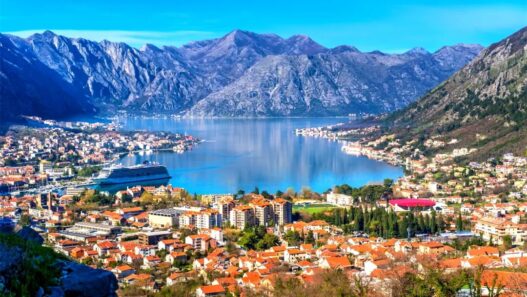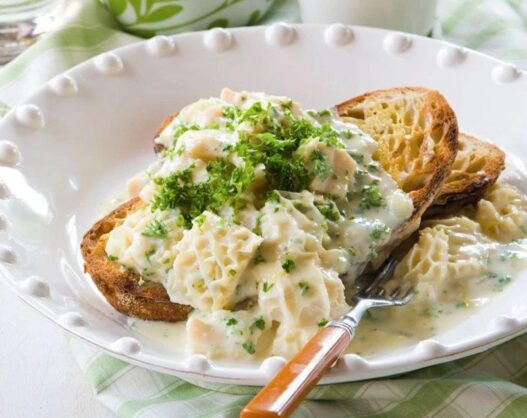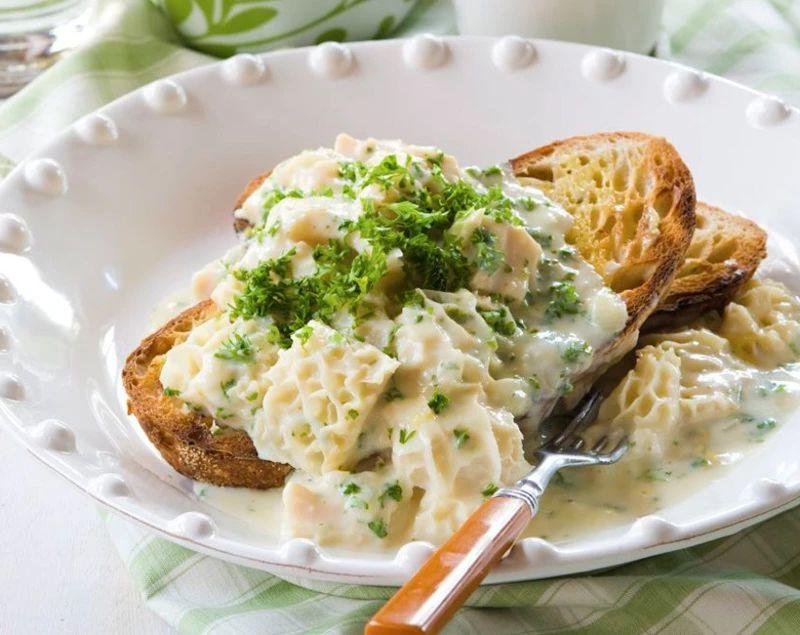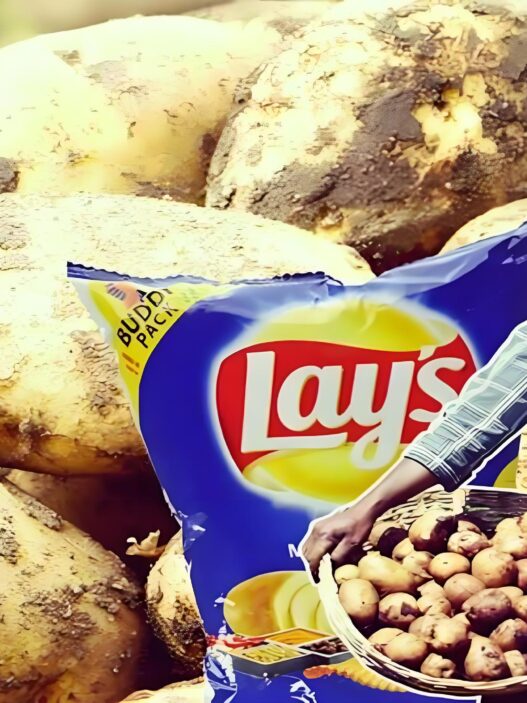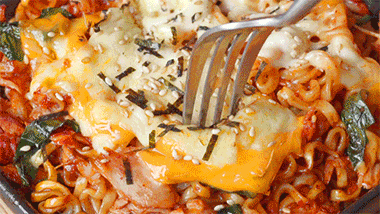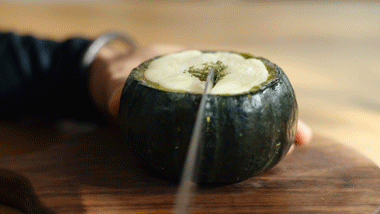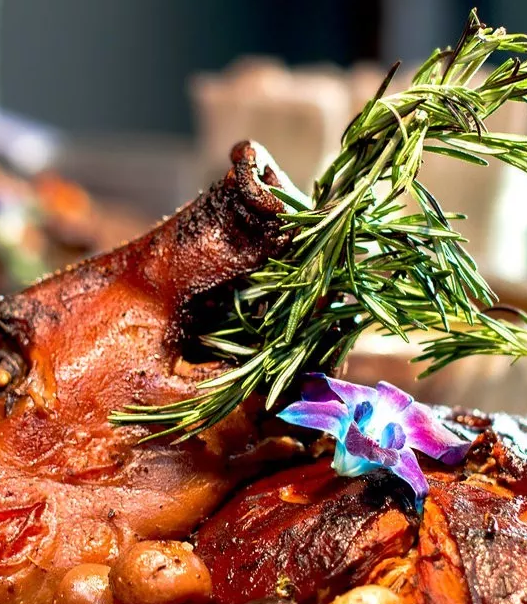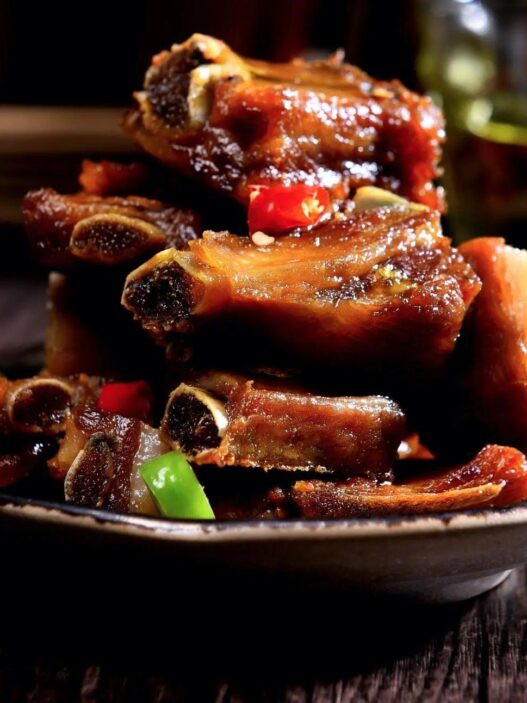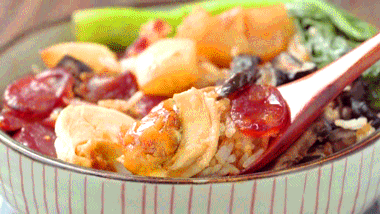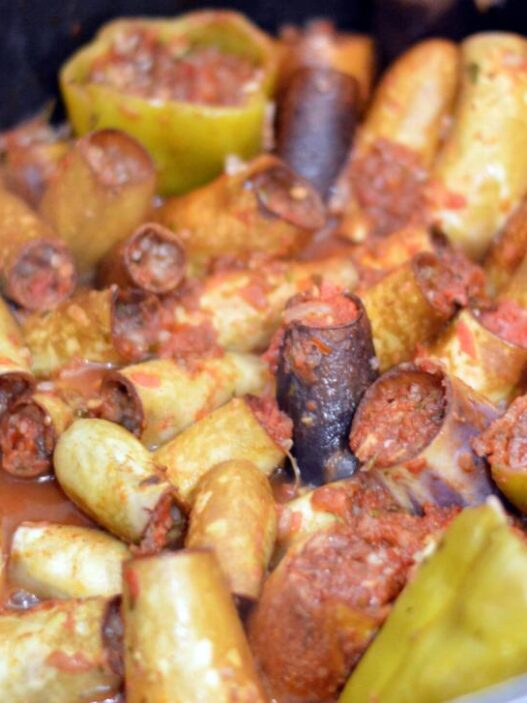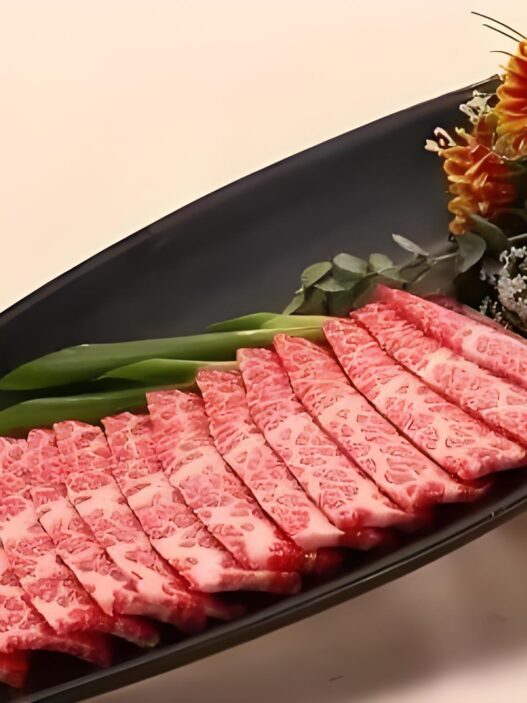When it comes to eating organ meat, many believe that Westerners shy away from it. This idea, likely originating from Chinese visitors to the U.S. in the 1970s and 80s, doesn’t hold up across the Atlantic. While offal may not be common in American fast food, Europeans have long embraced it as part of their culinary heritage.
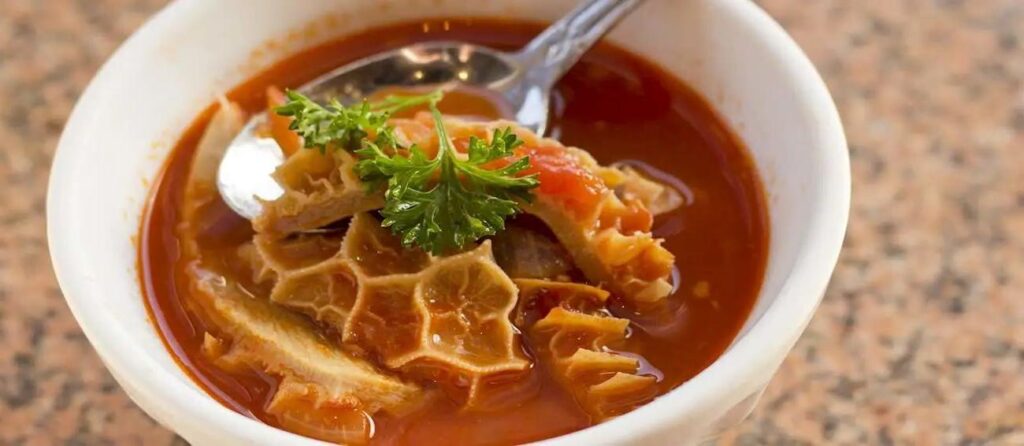
France: Offal Delights from Lyon to Normandy
In France, the city of Lyon is famed for its deep-rooted culinary traditions. Once a center for silk weaving, Lyon became a hub for hearty, affordable meals to feed workers. Local bistros, or bouchons, were born, serving up dishes that made use of every part of the animal.
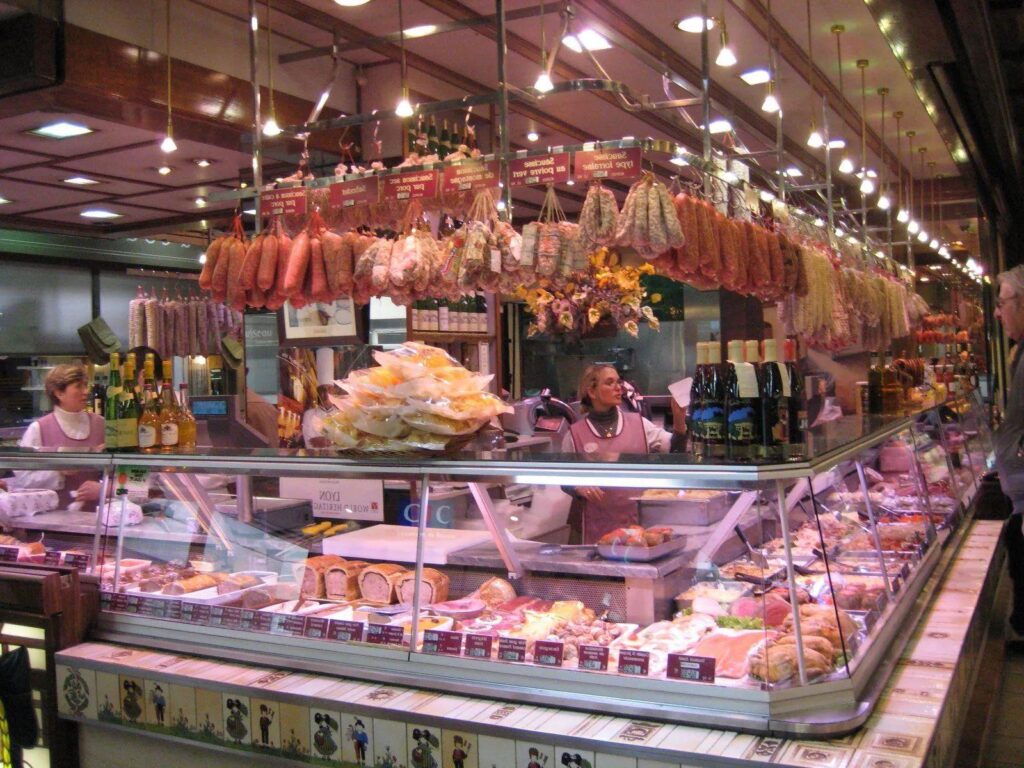
One standout is Andouillette, a sausage made from pig intestines and stomach. Heavily seasoned and served grilled or fried, it’s not for the faint of heart. Lyon is also home to Tablier de sapeur (“Sapper’s Apron”), marinated tripe that’s breaded and fried to crispy perfection.
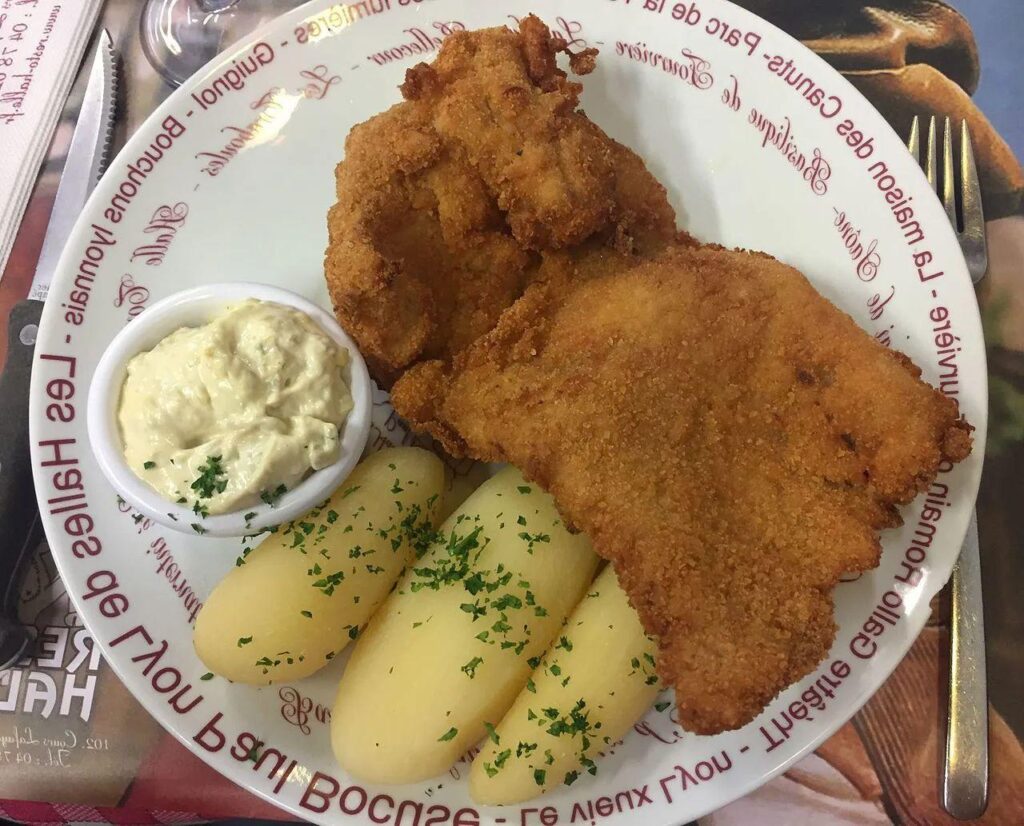
In Normandy, Les Tripes à la mode de Caen is a slow-cooked tripe stew simmered in cider for 20 hours, flavored with herbs and vegetables. And then there’s Bresse chicken in a pig bladder, a dish once served in Michelin-starred restaurants.
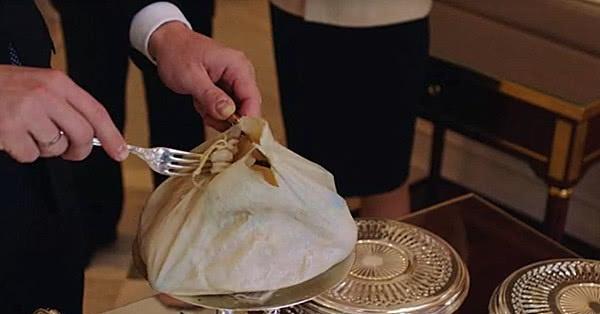
Spain and Portugal: Rice, Stews, and Tradition
On the Iberian Peninsula, Spain and Portugal take pride in their own offal recipes. In Aragon, Spain, chiretas are rice-stuffed lamb stomachs. In Leon, Botillo is a smoked pig’s stomach filled with ribs, bones, and meat, flavored and air-dried.
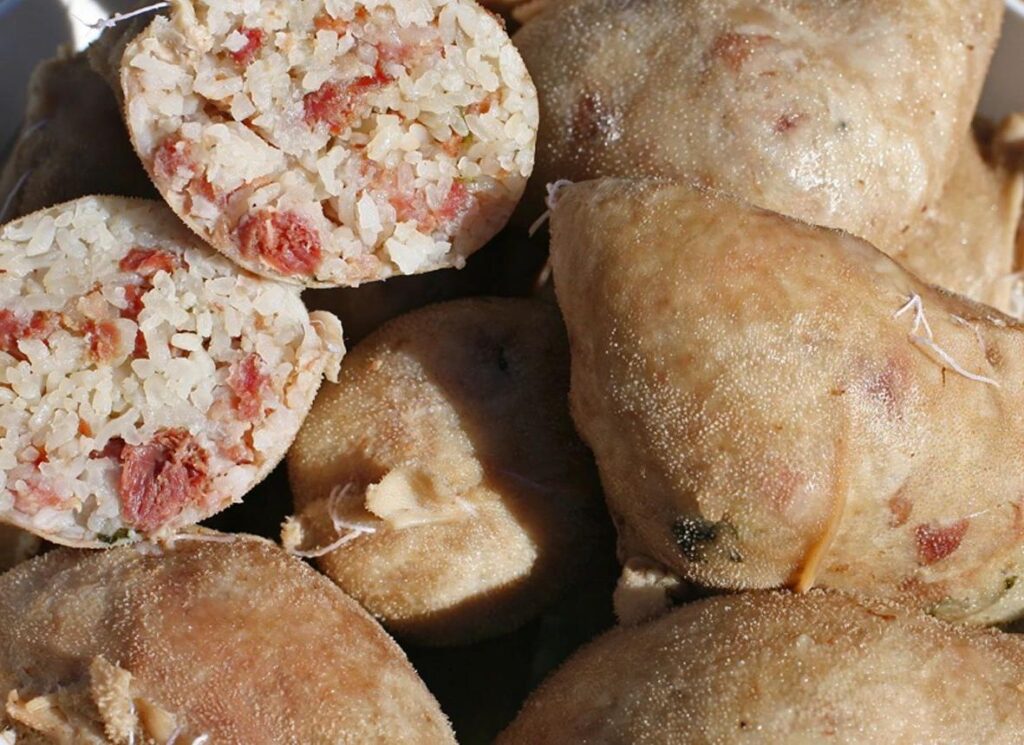
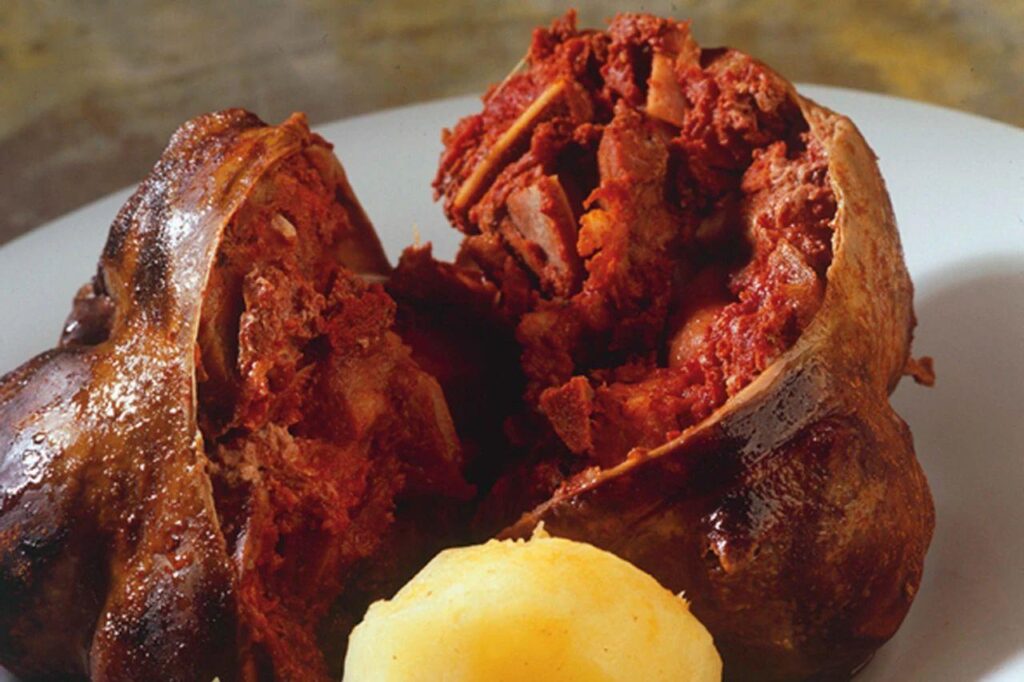
Madrid offers its own classic: Callos a la Madrileña, a beef tripe stew with chorizo, black pudding, and spices. Portugal’s Tripas à moda do Porto combines tripe with beans, bacon, and carrots. The dish is so iconic that locals earned the nickname “tripe eaters.”
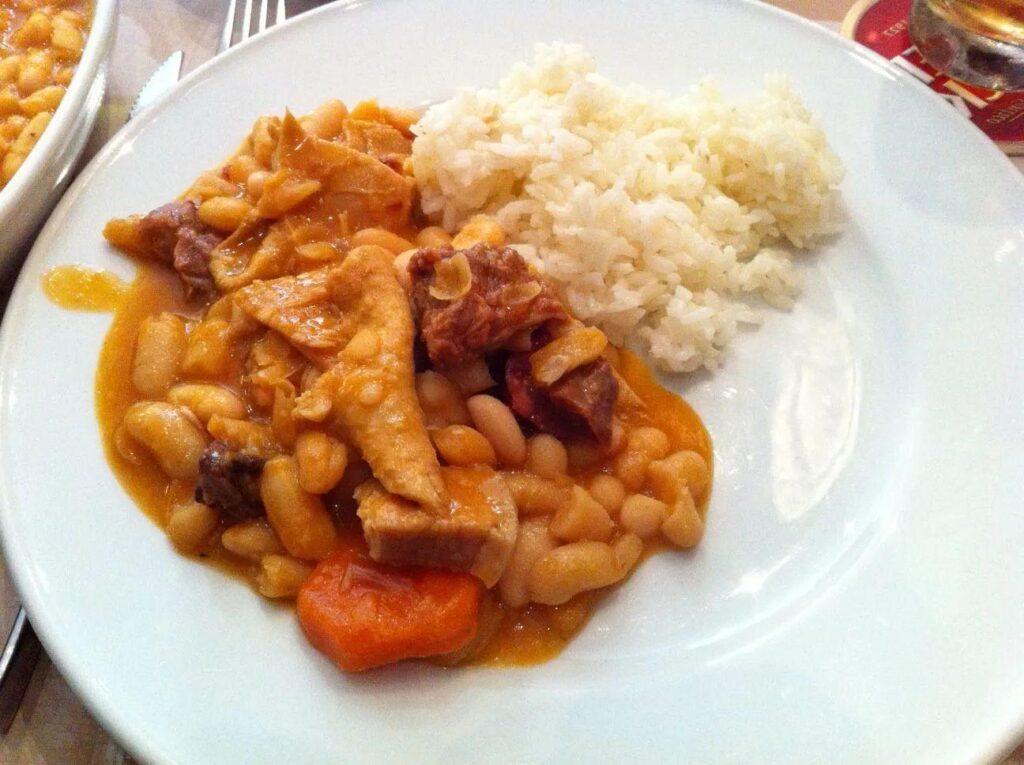
Italy and the UK: From Gourmet Sandwiches to National Pride
In Italy, tripe takes many forms. Florence is known for Lampredotto, a tripe sandwich sold in street markets. There’s also Trippa alla Fiorentina, tomato-braised tripe topped with Parmesan.
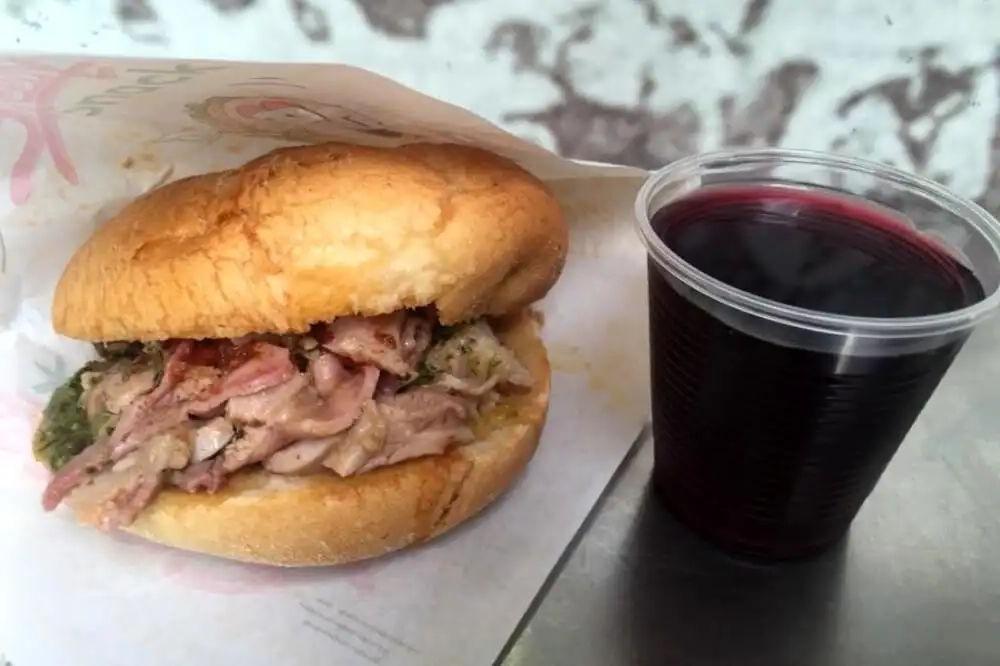
Further north, Milanese stews often include beans and fried bread. Romans even mix tripe into pasta. Down south in Naples, offal is served cold with lemon juice and salt as insalata di frattaglie.
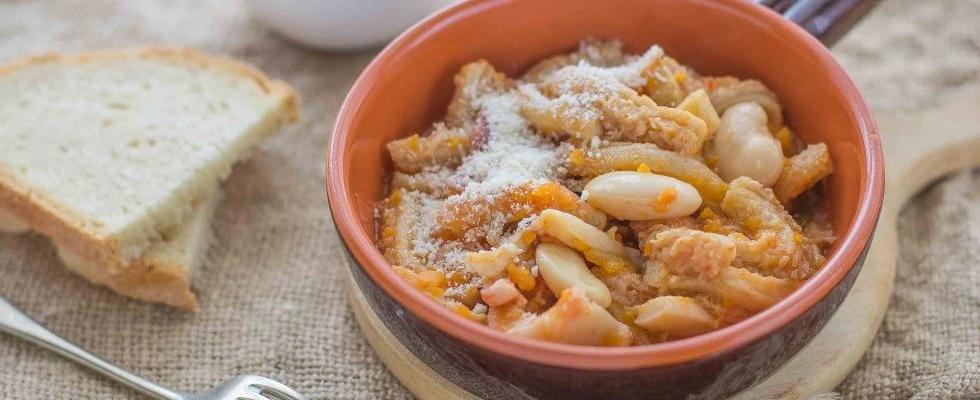
In contrast, the UK has haggis, Scotland’s national dish, made of sheep offal and oats cooked in a stomach. In England, tripe was once a poor man’s food, noted by George Orwell in The Road to Wigan Pier.
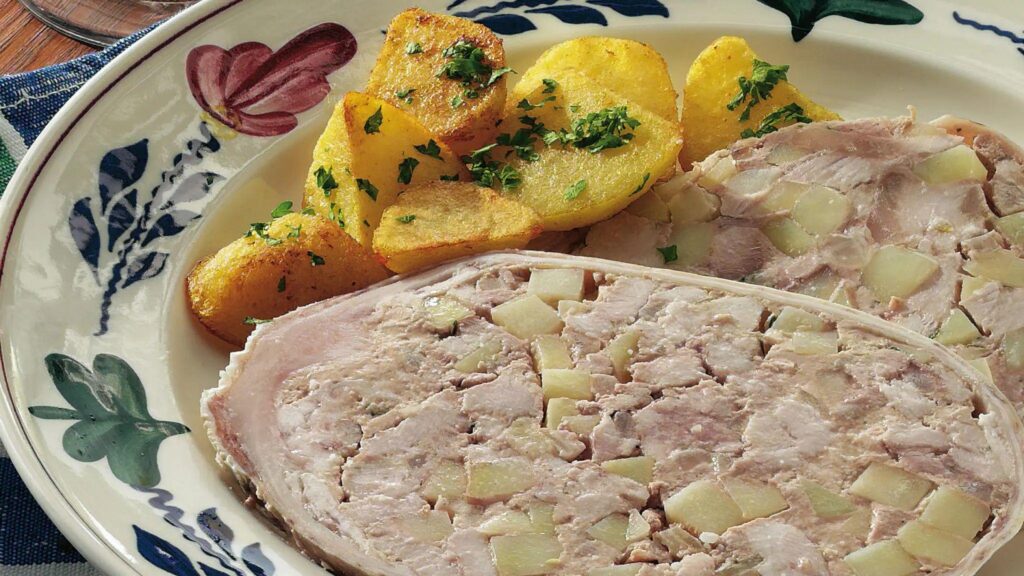
Germany and Eastern Europe: Offal Sausages and Soups
Germany embraces offal too. In the Pfalz region, pig stomach is stuffed with minced meat and potatoes, then boiled and pan-fried. Former Chancellor Helmut Kohl famously served this dish with Riesling to visiting dignitaries.
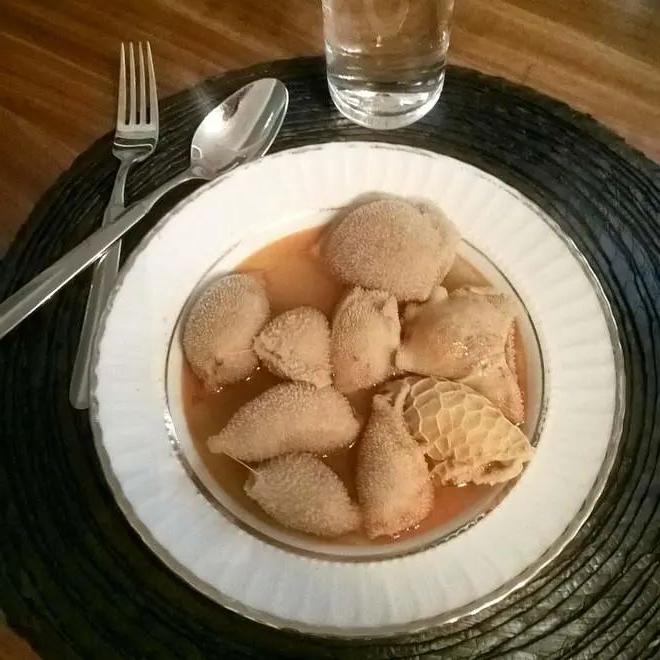
Southern Germany favors hearty tripe soups, often served with potatoes or bread. Across Eastern Europe—in the Czech Republic, Poland, and Bulgaria—tripe soup is a beloved traditional dish.
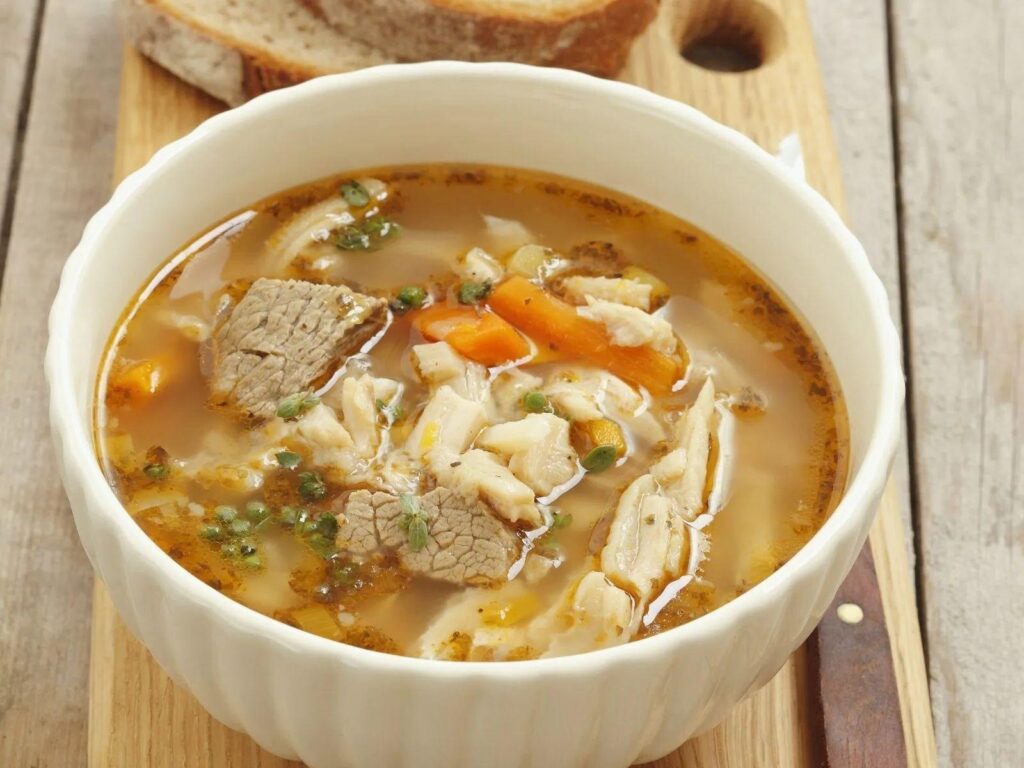
Why the Misconception?
So why do people think Westerners don’t eat offal? In the U.S., the food industry prioritized efficiency. Organ meats, being harder to process, were phased out of the mainstream diet. While Europe kept its culinary traditions alive, the U.S. embraced processed meat and convenience.






